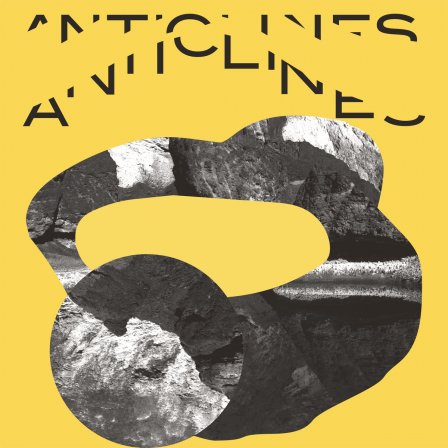In Gilles Deleuze’s The Logic of Sense, the Little Girl, concerned with the realm of surfaces, is contrasted with the Schizophrenic, the explorer of depths and the body. Anticlines is what happens when the two meet — if that is even possible, if there are, in the first instance, two separate subjects who then encounter each other (and if the listener can encounter sound). But if they can — how? That is also Anticlines.
The album is very much concerned with boundaries and what’s inside them, and the exchange, through those edges, with the Other. The Deleuzian body without organs is a primary touchstone, but so too are myths and monsters from Lucrecia Dalt’s native Colombia — tales in which the self is first violently emptied, then inflated with nothingness and sent on its way. In the post-postmodern age, concerns about the authenticity of interiority are never far. Is the removal of the interior to reinflate it with the external self-constructing freedom or neoliberal enslavement? Is this organless body cancerous, empty, or full? Thus, Anticlines becomes a kind of posthumanist, techno-organic beast — but subtly, subtly.
Dalt’s music, informed by her geotechnical background, simulates dry desert landscapes, water dripping in unseen caves, swarms of digital bees synthesizing honey and pollen, industrial-computerized cranks and janks, and soft pads. It contains extraordinary moments of dissonance, rhythms coalescing and congealing then melting away, quietly shimmering choral vocoders. It’s (even) less pop-influenced than earlier works of Dalt’s (Commotus, for example). In its latter half, it sometimes errs into a backgroundish quality, disappearing into its own subtlety. The strongest moments are those, “Tar” in particular, which work with that Laurie Anderson quality where the slightest tinge of hummability edges into its experimental textures. It’s a sublime exchange, like the tar exchanged between lovers.
Cells and skin and touch counterpoint atmospheres, velocities, geologies. They become selfsame, they merge. And then… they are taken apart, dismembered, and recreated through breath blown inside, in a loving, Frankensteinian mix of self and other — “an uneasy, half-vital motion.” Boundaries exist, yes, but in their very identification as such, they become impossible to locate.
More about: Lucrecia Dalt




